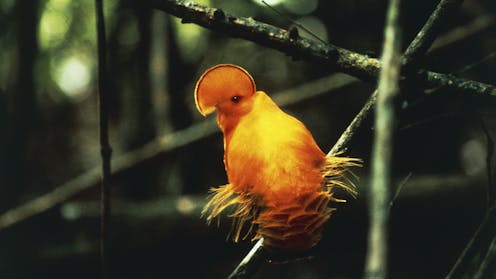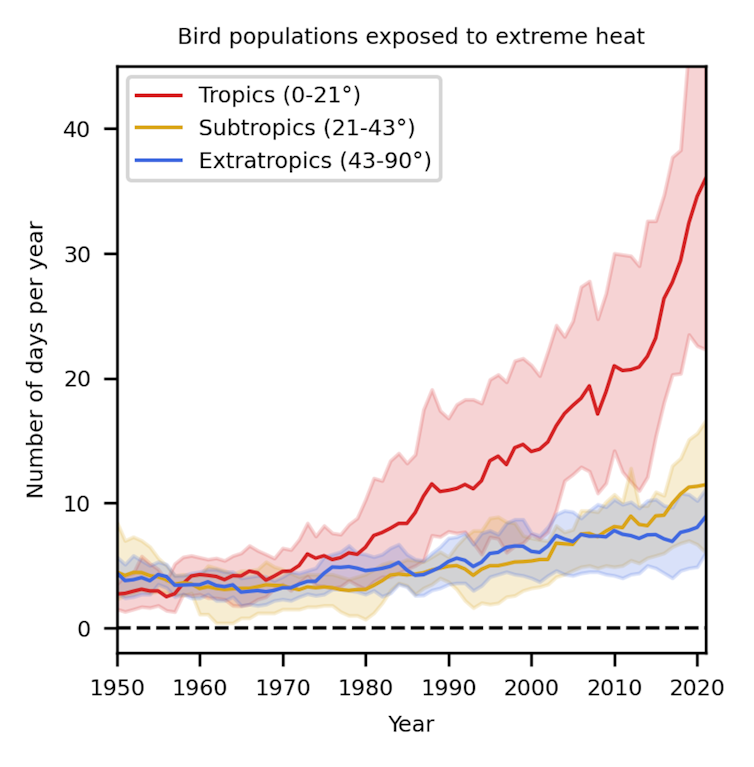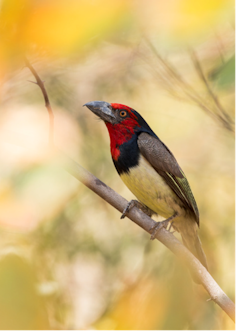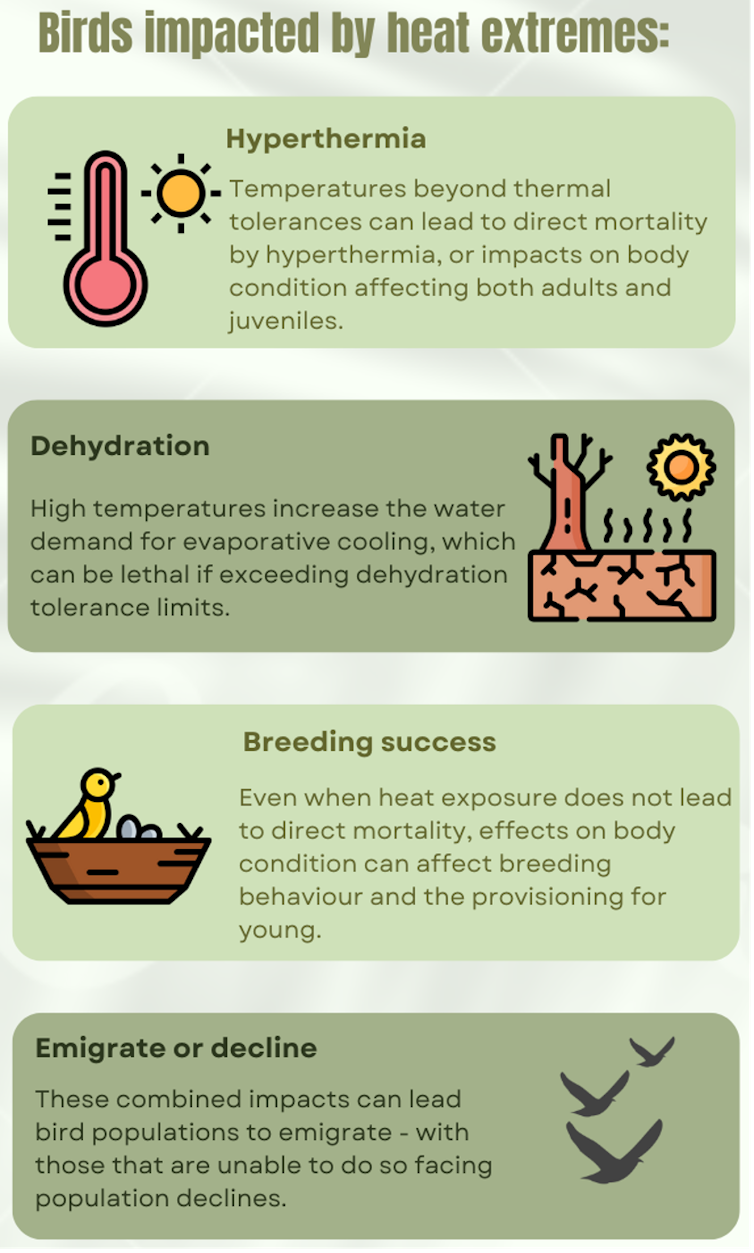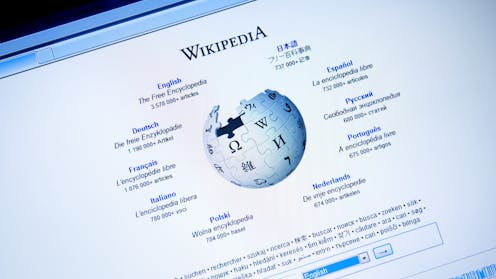Source: The Conversation – Global Perspectives – By Adam Guastella, Professor and Clinical Psychologist, Michael Crouch Chair in Child and Youth Mental Health, University of Sydney
Attention-deficit hyperactivity disorder (ADHD) is a neurodevelopmental condition that affects around 7% of children and 2.5% of adults.
ADHD causes difficulties holding and sustaining attention over periods of time. People with ADHD also experience hyperactivity and high levels of impulsiveness and arousal. This can make it difficult to plan, coordinate and remain engaged in tasks.
ADHD is linked to problems at work, school and home, and to higher rates of mental illnesses such as anxiety. It’s also associated with higher rates of long-term harms.
Stimulant medication, such as methylphenidate and dexamphetamine, is the most common treatment for managing ADHD symptoms. Most people with ADHD will respond to at least one ADHD medication.
But, rising rates of prescriptions in recent years has prompted concern for their effectiveness and safety.
New research published today in the journal BMJ points to additional longer-term benefits. It found people with ADHD who took medication were less likely to have suicidal behaviours, transport accidents, issues with substance misuse, or be convicted of a crime.
What did the study do?
The study tracked 148,581 people who received a new diagnosis of ADHD between 2007 and 2018.
The authors used population-based data from Swedish national registers, including everyone aged six to 64 who was newly diagnosed with ADHD. The average age was 17.4 years and 41% were female.
Participants either started or did not start medication within three months of their ADHD diagnosis.
The authors examined the effects of drug treatment for ADHD on five critical outcomes: suicidal behaviours, substance misuse, accidental injuries, transport accidents and committing crime. They looked at both first-time and recurrent events.
This study used a method that uses data from health records or registries to mimic the design of a randomised controlled trial, in an attempt to reduce bias.
The researchers accounted for age, education, other mental and physical illnesses, prior history and use of other drugs, to account for factors that may influence results.
What did they find?
Within three months of receiving an ADHD diagnosis, 84,282 (56.7%) of people had started drug treatment for ADHD. Methylphenidate was the most commonly prescribed drug, accounting for 88.4% of prescriptions.
Drug treatment for ADHD was associated with reduced rates of a first occurrence for four out of the five outcomes: a 17% reduction for suicidal behaviours, 15% for substance misuse, 12% for transport accidents and 13% for committing crime.
When the researchers looked at people with recurrent events, the rate reductions associated with ADHD medication were seen for all five outcomes (including accidental injury).
The effect of medication was particularly strong when someone had a history of these events happening frequently. This means those with the most severe symptoms may benefit most.
Stimulant drugs were associated with lower rates of all five outcomes compared with non-stimulant drugs.
It’s likely these benefits are associated with improvements in attention, impulsivity and hyperactivity. People may be less likely to be distracted while driving, to self-medicate and show impacts from other mental health challenges.
What didn’t the study do?
The large sample size, use of national linked registers and sophisticated design give greater confidence that these findings are due to medication use and not due to other factors.
But the study was not able to examine medication dosages or track whether people reliably took their medication as prescribed. It also had no way to track the severity of ADHD symptoms. This means it can’t tell us if this helped most people or just some people with severe symptoms.
We know that ADHD medication helps most people, but it is not effective for everyone. So, we still need to understand why some people don’t benefit from ADHD medication, and what other treatments might also be helpful.
Finally, even though the study was rigorous in its design and adjusted for many factors, we can’t rule out that other unaccounted factors could be associated with these effects.
As prescribing increases, the size of the benefit decreases
A second study, published in June, used the same Swedish national registers and self-controlled case series design.
This study also concluded ADHD medication was associated with reduced risks for self-harm, accidental injuries, transport accidents and committing crime.
However, this study also showed that as prescribing rates increased nearly five-fold between years 2006 to 2020, the size of the observed benefits of ADHD medications reduced.
While remaining significant, the size of the associations between ADHD medication use and lower risks of unintentional injury, traffic crashes, and crime weakened over this time.
This could mean people who are less likely to need ADHD medications are now receiving them.
What are the impacts for patients and policymakers?
People need to know that if ADHD medications are helpful for them or their children, it might also improve many other areas of life.
These findings can also give governments confidence that their recent initiatives and efforts to increase access to ADHD support and treatment may have positive downstream impacts on broader social outcomes.
But medications aren’t the only ADHD treatment. Medication should only represent one part of a solution, with other psychological supports for managing emotional regulation, executive and organisational skills and problem-solving also beneficial.
Psychological therapies are effective and can be used in combination with, or separately to, medication.
Yet research shows drug treatments are relied on more frequently in more disadvantaged communities where it’s harder to access psychological supports.
Policymakers need to ensure medication does not become the only treatment people have access to. People with suspected ADHD need a high-quality diagnostic assessment to ensure they get the right diagnosis and the treatment most suitable for them.
![]()
Adam Guastella receives independent research funding from research organisations (e.g., MRFF, NHMRC, ARC) to investigate the effecicy of supports for children and adults with neurodevelopmental conditions. He is employed as the Michael Crouch Chair in Child and Youth Mental Health at the University of Sydney.
Kelsie Boulton receives funding from research organisations (MRFF) to evaluate the efficacy of interventions for neurodevelopmental conditions.
– ref. For people with ADHD, medication can reduce the risk of accidents, crime and suicide – https://theconversation.com/for-people-with-adhd-medication-can-reduce-the-risk-of-accidents-crime-and-suicide-263044






